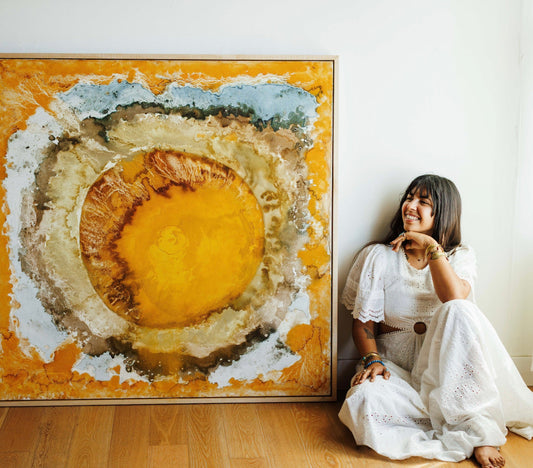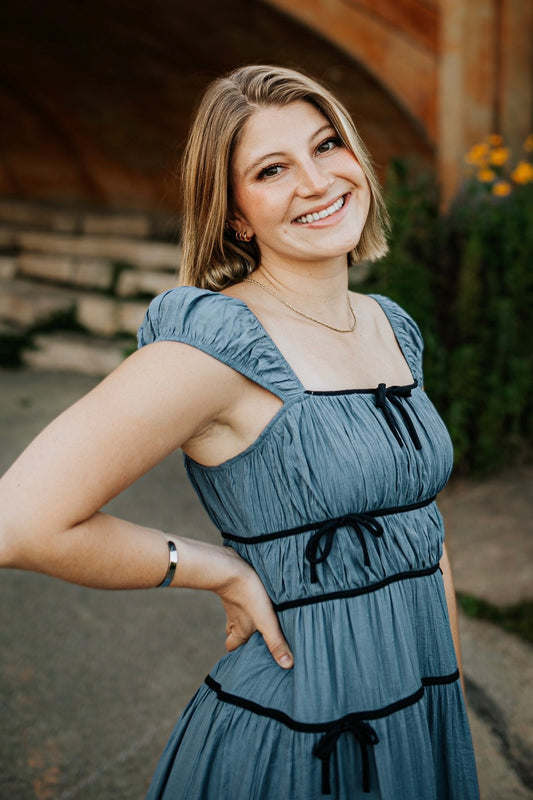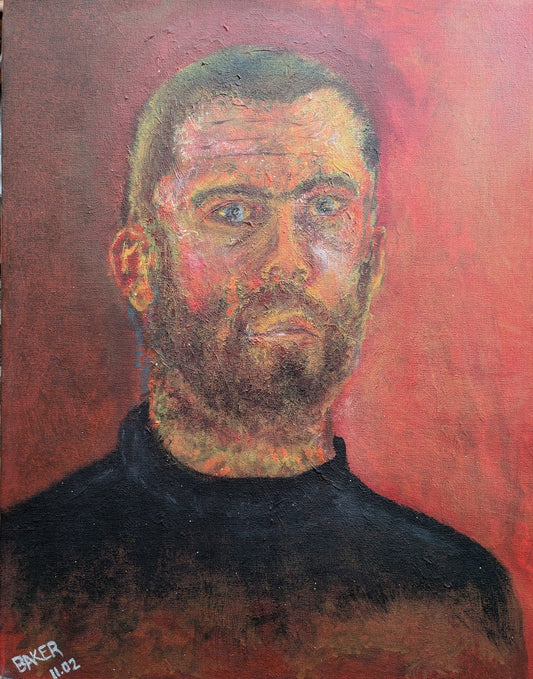Avenue of the Arts: Live Artist Naomi Haverland's Anamorphic Street Art Captivates The Country
“If you could do anything at all, and there are no restrictions, what would you do?”
This is what artist Naomi Haverland asks herself before every project. The internationally renowned artist travels the world to create anamorphic chalk art. She contours dimensions into walkways that defy conventional boundaries. Her work has beckoned viewers to open their minds to suspend disbelief and immerse themselves in a world where her hyperrealistic illusions and reality coexist since her journey started in 2011.
Naomi began exploring anamorphic chalk art when she lived in her home state of Colorado and was inspired by their huge chalk art festivals. While there, she worked with renowned 3D chalk artist Chris Carlson. This gave her an insider look at the logistics of illusion—making a piece deceive the senses. From there, she began work in Seattle, where she found a similar community of talented artists. Today she has received seven awards at the Denver Chalk Art Festival.

Naomi draws inspiration for her style from Dadaism and collage art by exploring and experimenting with pieces that put things together that would not normally go together. This baseline for her pieces results in works focused on the unexpected. She places a heavy emphasis on the quality of her craft, encouraging appreciation for the visual impact of her work.
“They don't have to be like deep or philosophical or anything,” Haverland said. “Just doing something for the sake of fun is okay, too.”


Inspiration is fickle and tricky when developing creative ideas—you never know when you will find it. For her, the artistic process starts with the event and learning how to develop a piece that will resonate with that audience. Naomi finds inspiration in the quiet, mundane moments in life, whether that be resting in bed just before falling asleep or on an airplane listening to the hum of the engine.
“I think like we're so bombarded with images that I think our brain sort of shuts down its own artistic process,” she said.

Once she has an idea, she begins experimenting with it and figuring out the parameters needed to position the piece to create the 3D illusion. The aim is for these illusions to After she is happy with the piece’s positioning with the proper angles, she then focuses on the color schemes and light balance.
Anamorphic art is so captivating to critics and communities alike because it is designed to be seen through a camera lens as much as the human eye. Not only does she focus on how a person reacts to the art in person, but how they might interact with it on camera. This requires meticulous calculations, but the result is a followable distortion that yields an illusion that the community can interact with and appreciate.
One of the favorite interactions she sees with her pieces is when viewers are skeptical of the footprints laid out. However, they leave the work with a big reaction to a controlled interaction with a mind-warping work of art and appreciation after seeing the photo they took with the piece. When viewers trust the footprints, they are putting themselves in a position to trust the same process the artist used to create the art.
“I do like to impress people, but seeing them impressed with the illusion is definitely the most rewarding part,” she said.
©ArtRKL™️ LLC 2021-2024. All rights reserved. This material may not be published, broadcast, rewritten or redistributed. ArtRKL™️ and its underscore design indicate trademarks of ArtRKL™️ LLC and its subsidiaries.







